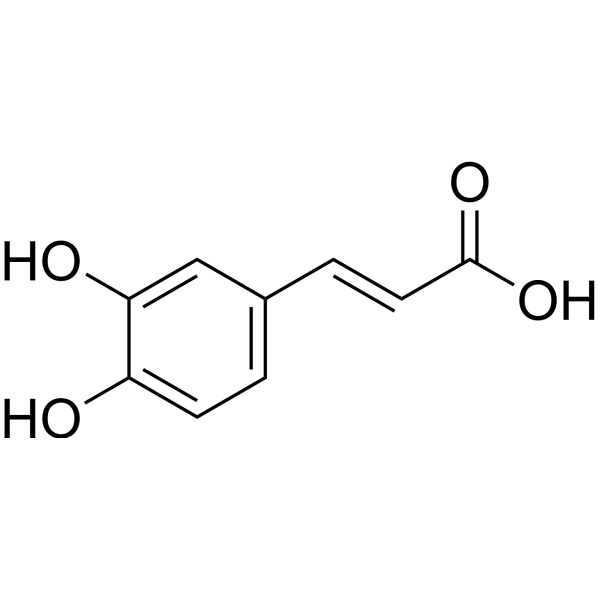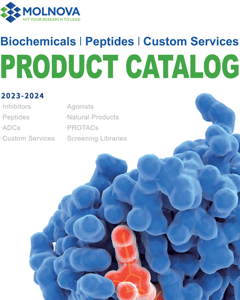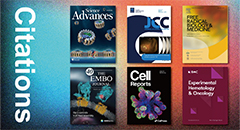
Trans-caffeic acid
CAS No. 501-16-6
Trans-caffeic acid( —— )
Catalog No. M31281 CAS No. 501-16-6
Trans-caffeic acid stearyl ester is posited to inhibit melanogenesis signaling while suppressing cAMP levels and, subsequently, MC1R, MITF, tyrosinase, TRP-2 and TRP-1 down-regulation, resulting in the suppression of tyrosinase activity, DOPA oxidase activity and melanin synthesis.
Purity : >98% (HPLC)
 COA
COA
 Datasheet
Datasheet
 HNMR
HNMR
 HPLC
HPLC
 MSDS
MSDS
 Handing Instructions
Handing Instructions
| Size | Price / USD | Stock | Quantity |
| 50MG | Get Quote | In Stock |


|
| 100MG | Get Quote | In Stock |


|
Biological Information
-
Product NameTrans-caffeic acid
-
NoteResearch use only, not for human use.
-
Brief DescriptionTrans-caffeic acid stearyl ester is posited to inhibit melanogenesis signaling while suppressing cAMP levels and, subsequently, MC1R, MITF, tyrosinase, TRP-2 and TRP-1 down-regulation, resulting in the suppression of tyrosinase activity, DOPA oxidase activity and melanin synthesis.
-
DescriptionTrans-caffeic acid stearyl ester is posited to inhibit melanogenesis signaling while suppressing cAMP levels and, subsequently, MC1R, MITF, tyrosinase, TRP-2 and TRP-1 down-regulation, resulting in the suppression of tyrosinase activity, DOPA oxidase activity and melanin synthesis.
-
In Vitro——
-
In Vivo——
-
Synonyms——
-
PathwayOthers
-
TargetOther Targets
-
Recptor——
-
Research Area——
-
Indication——
Chemical Information
-
CAS Number501-16-6
-
Formula Weight180.2
-
Molecular FormulaC9H8O4
-
Purity>98% (HPLC)
-
Solubility——
-
SMILES——
-
Chemical Name——
Shipping & Storage Information
-
Storage(-20℃)
-
ShippingWith Ice Pack
-
Stability≥ 2 years
Reference
molnova catalog



related products
-
Vinaginsenoside R4
Vinaginsenoside R4 has melanogenic inhibitory activity, it may have potential as a new skin whitening compound.
-
BDC2.5 mimotope 1040...
This is a effectively agonistic peptide (mimotope) for diabetogenic T cell clone BDC2.5. It can stimulate BDC2.5 cells with cells showing good response to this mimotope. 1040-31 peptide is specific for BDC2.5 TCR Tg+ (transgenic) T cells. This peptide is also known as p31.
-
Etilefrine hydrochlo...
Etilefrine is a cardiac stimulant used as anantihypotensive.



 Cart
Cart
 sales@molnova.com
sales@molnova.com


